
Resilience illuminates knowledge
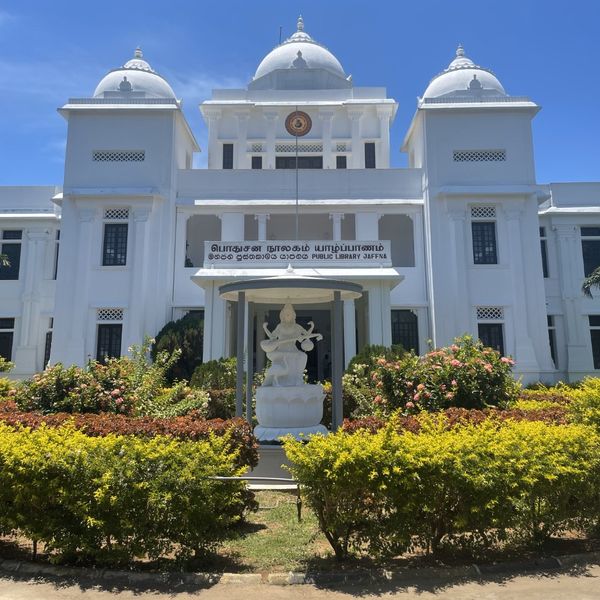

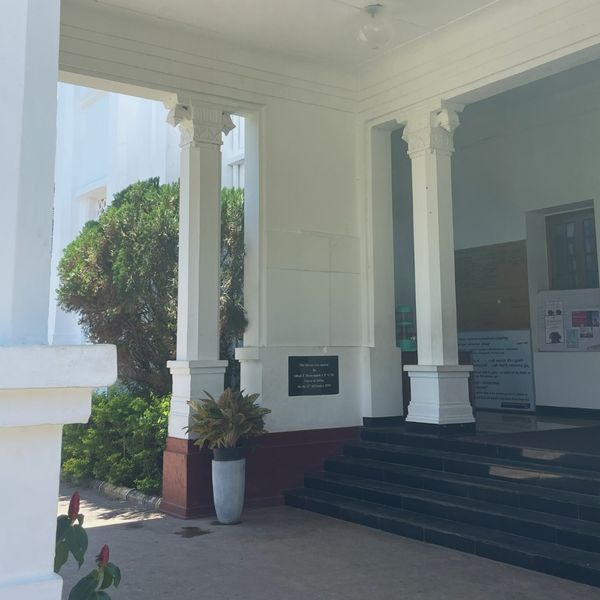
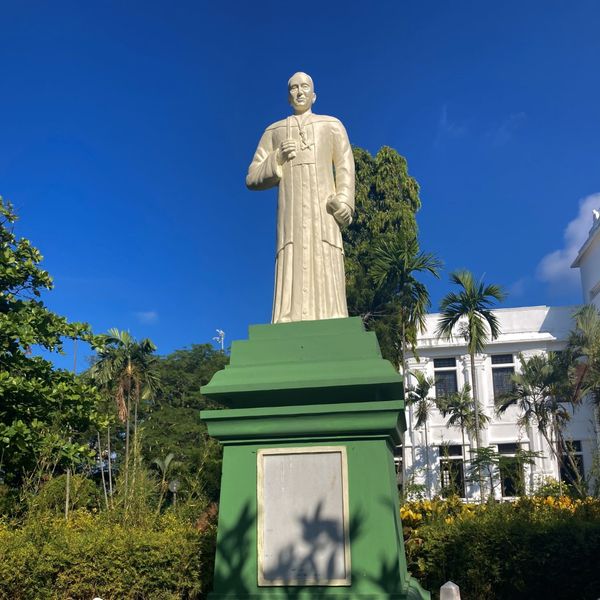
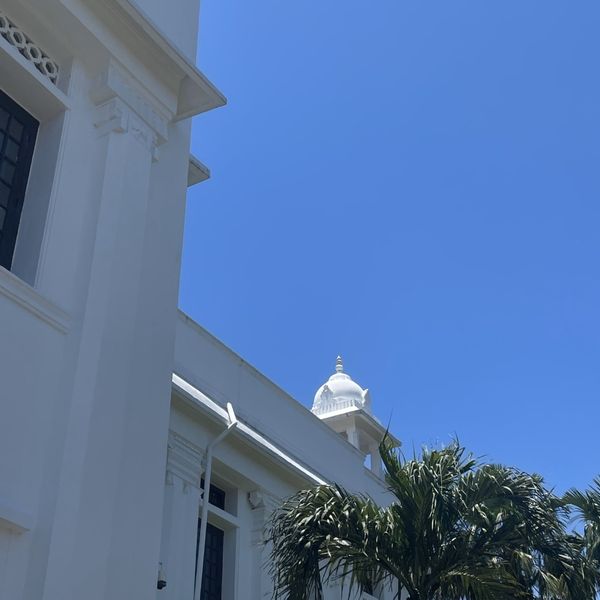
- Clock Tower Road, South, Jaffna
- Tue-Sun 8.30am-6pm
- +94 212 226 028
The Past - Architecture of Age-Old Wisdom
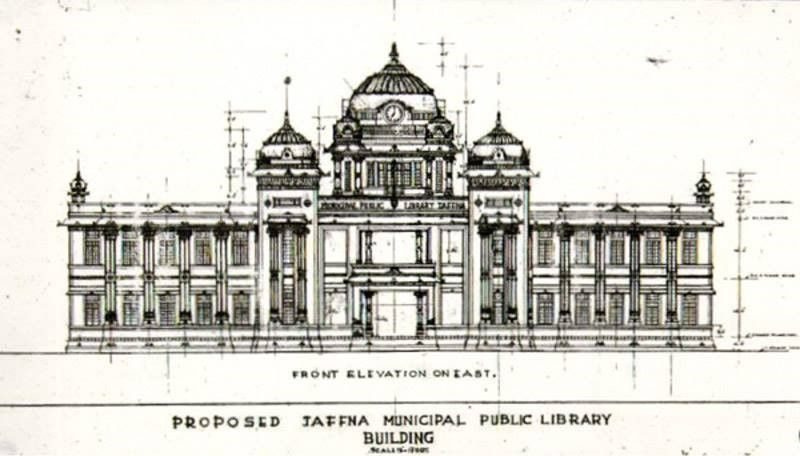
The Jaffna Public Library was one of Jaffna's most notable landmarks. A magnificent example of original Mughal architecture, it was built in 1933 to house a private collection of books from a local scholar who started to lend people books from his house. It became one of the largest libraries in South Asia, featuring large bulbous domes, slender minarets, massive halls and large vaulted gateways. Loved by international and domestic intellectuals, the library possessed a rich and diverse collection of valuable documents containing over 90,000 volumes, some of them irreplaceable. Jaffna Library was a distinct cultural landmark in the Peninsula, but most importantly, it served as a cultural hub for the Tamil community.
The Present - Symbol of Resilience

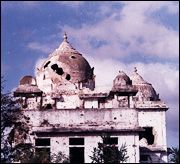
In 1981, the whole building went up in flames in mere minutes. The cause of the fire? An arson attack during the civil war. Knowledge inherited through generations was ablaze, and the building was reduced to rubble. After the war ended, the Jaffna library was one of the first buildings to be rebuilt as a symbol of local resilience. Rallying massive support from Sri Lankan and international donors, the government tried to rebuild both the building and its collection. The architects replicated the architectural interior and design of the building in a uniform pattern of structure and character, inspired by the original Mughal designs.
The Future - A Hub of Tamil Culture?

The library is impressive because of its past, but it holds the potential to become a place for so much more. We would like to see it rise to prominence as a hub for Tamil culture with a historic interpretation area to showcase its history and resilience. We hope to replenish the intellectual reservoir and add a modern dimension through holographic projections and interactive sessions to cultivate an interest in heritage as well as knowledge.
The senseless despoliation of the Jaffna Library was perhaps the most dastardly episode of vandalism in the modern history of Sri Lanka…
